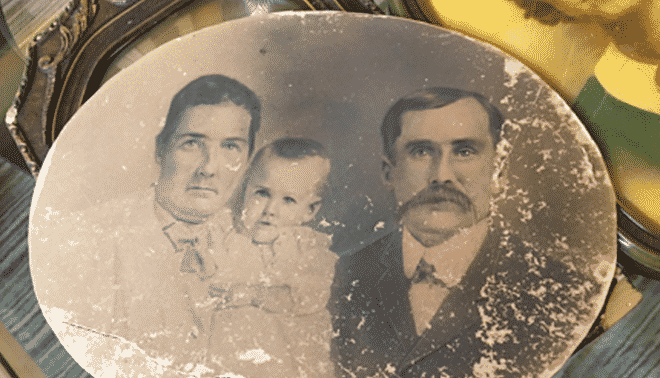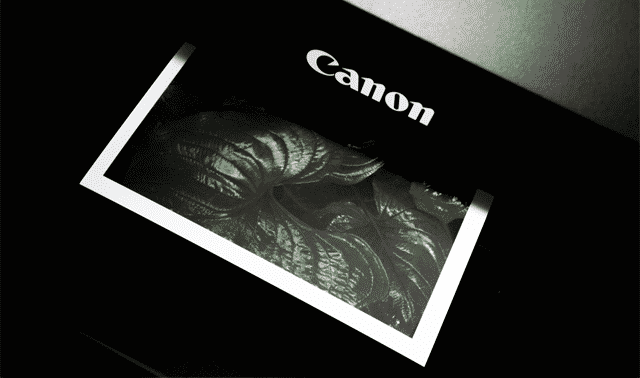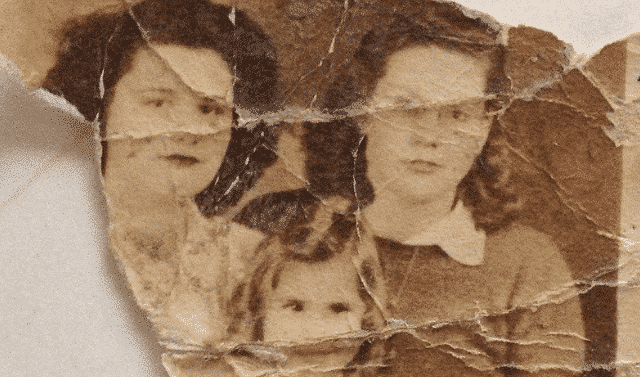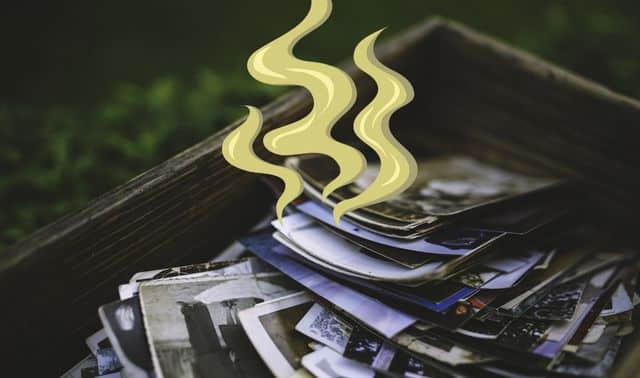Sign up for the Family Tree Newsletter! Plus, you’ll receive our 10 Essential Genealogy Research Forms PDF as a special thank you.
Get Your Free Genealogy Forms
"*" indicates required fields

Have a precious photo stuck to the glass in its frame? Do-it-yourself remedies, such as holding the photo over a simmering pot or prying it off with dental floss, don’t work—and usually lead to even more damage.
“Photos stuck to glass are almost always a lost cause because removing the photo usually tears the emulsion away from the photographic paper,” says Heather Tudhope, a Denver-based photographic conservator. A professional conservator might be able to reattach the emulsion—the coating that contains the image—but your photo won’t look the same.
That said, there are ways to salvage these valuable family treasures. Here are three steps you can take to preserve your stuck photos without damaging them further.
1. Scan the photo.
The best course of action is to make a good copy of your stuck photo. Scan it glass-side-down on a flatbed scanner at a high resolution, then print it onto photographic paper using a photo printer. If you don’t have a scanner, use a do-it-yourself kiosk at a large retailers such as Target or Walgreen’s.
Or if you let a professional photo lab do the scanning for you, you can request photo editing to correct scratches, balance the color and fix other damage. You can edit photos yourself using free software or professional photo software.
Technicians also can use the resulting image to create a new negative. Ask for a referral at a camera store or search the Internet for the name of your hometown plus “Photo Copying” or “Photo Restoration.”
2. Hire a photographic conservator.
If you want to try to save the original, you can hire a photographic conservator. The cost of hiring a photographic conservator will depend upon several factors, including the extent of the project, the conservator’s experience, and the condition and value of the photo you want conserved. He or she should evaluate the photo, prepare a condition report and develop a treatment proposal. You can use the American Institute for Conservation’s Find a Professional tool to find a conservator whose skills and experience match your needs.
3. Follow best archival practices with the newly-restored photo.
Naturally, prevention is the best cure. Avoid framing a photograph so it touches the glass, especially in humid climates. Instead, mount it behind an acid-free, lignin-free mat to create a small space between the photo and the glass.
Pin this article for later!

Last Updated: April 2022








